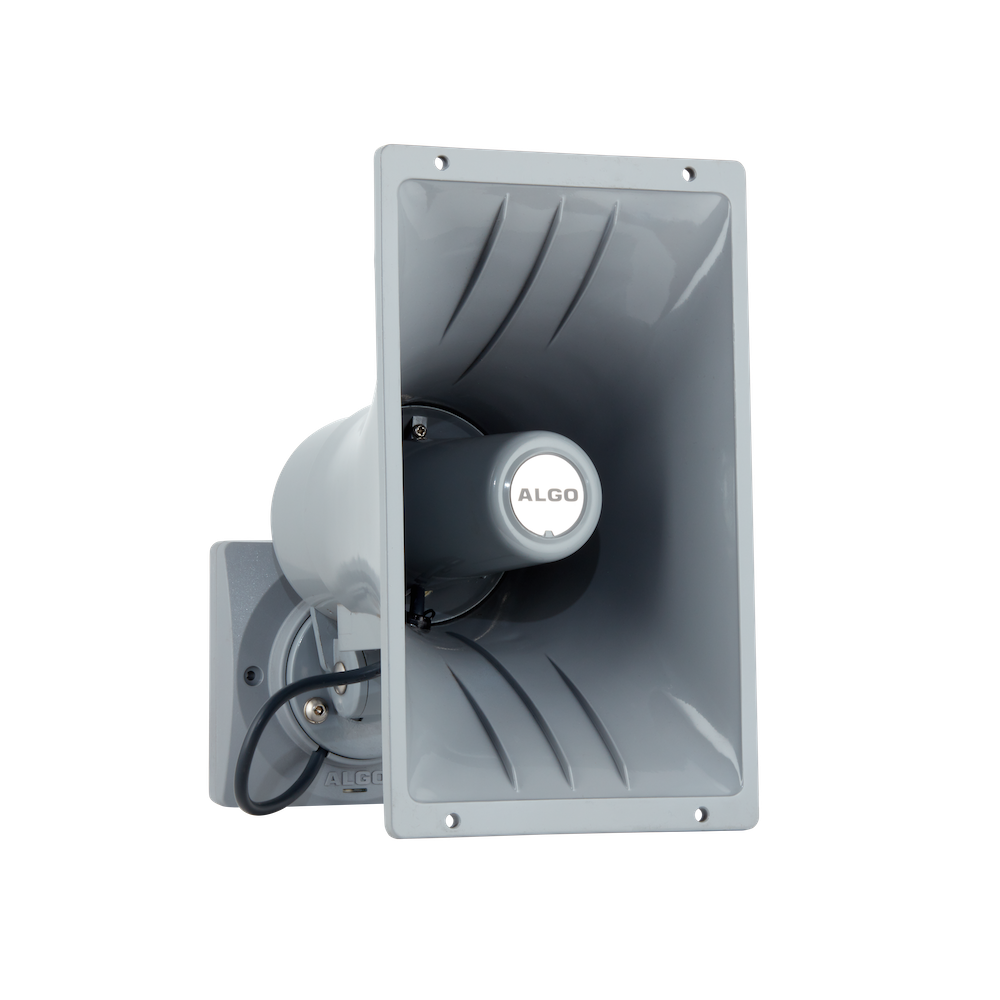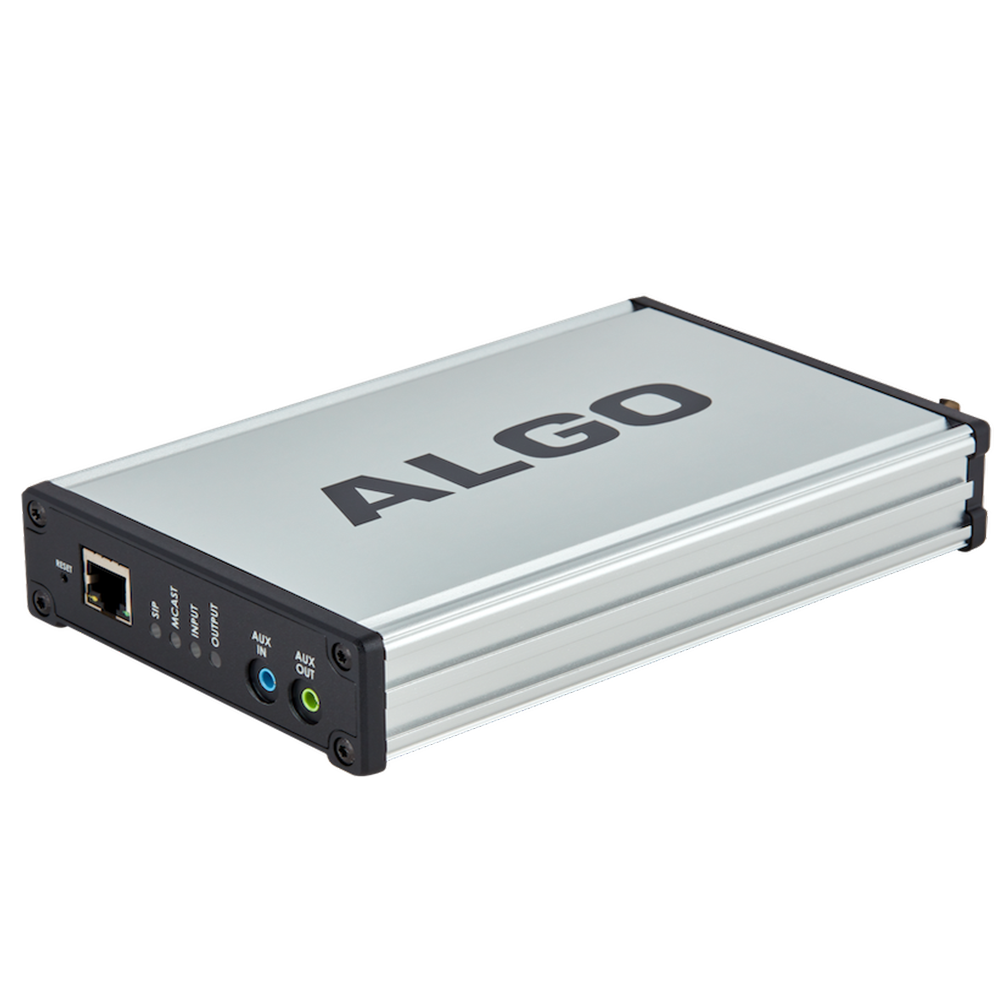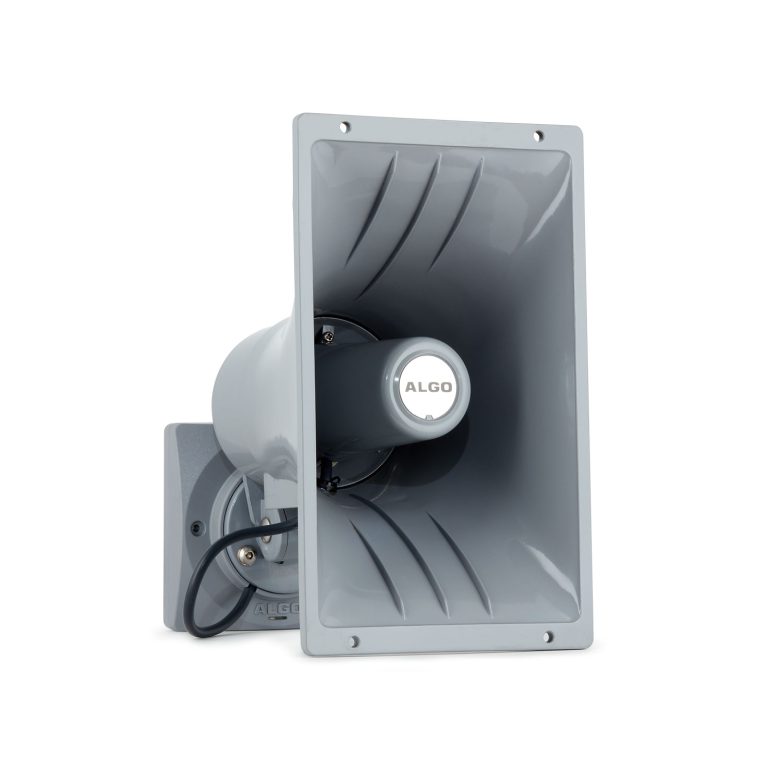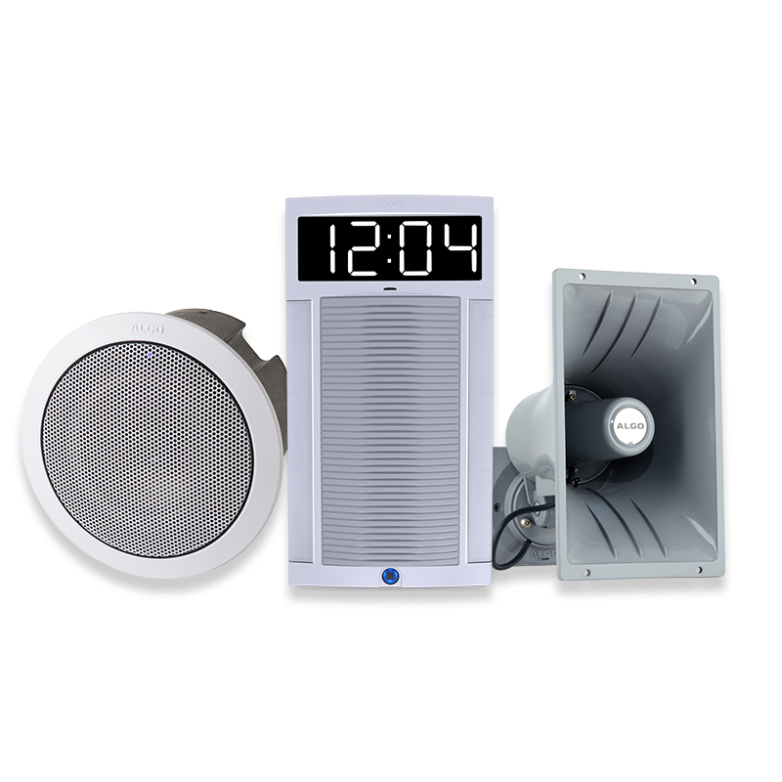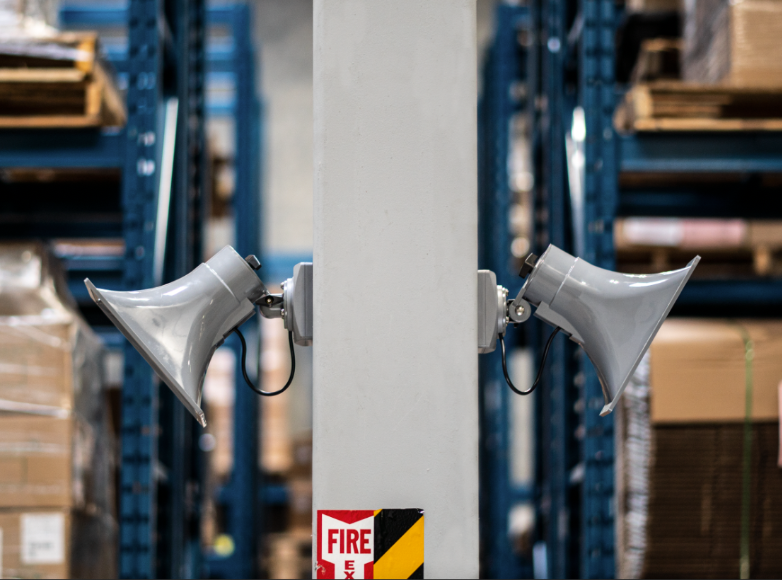RingCentral Compatibility
As a RingCentral Solutions Partner, Algo products have been RingCentral Certified for compatibility and interoperability.
Deploy Algo’s suite of RingCentral certified IP speakers, intercoms, and strobe lights for your voice paging, alerting, and door entry requirements within your RingCentral ecosystem.
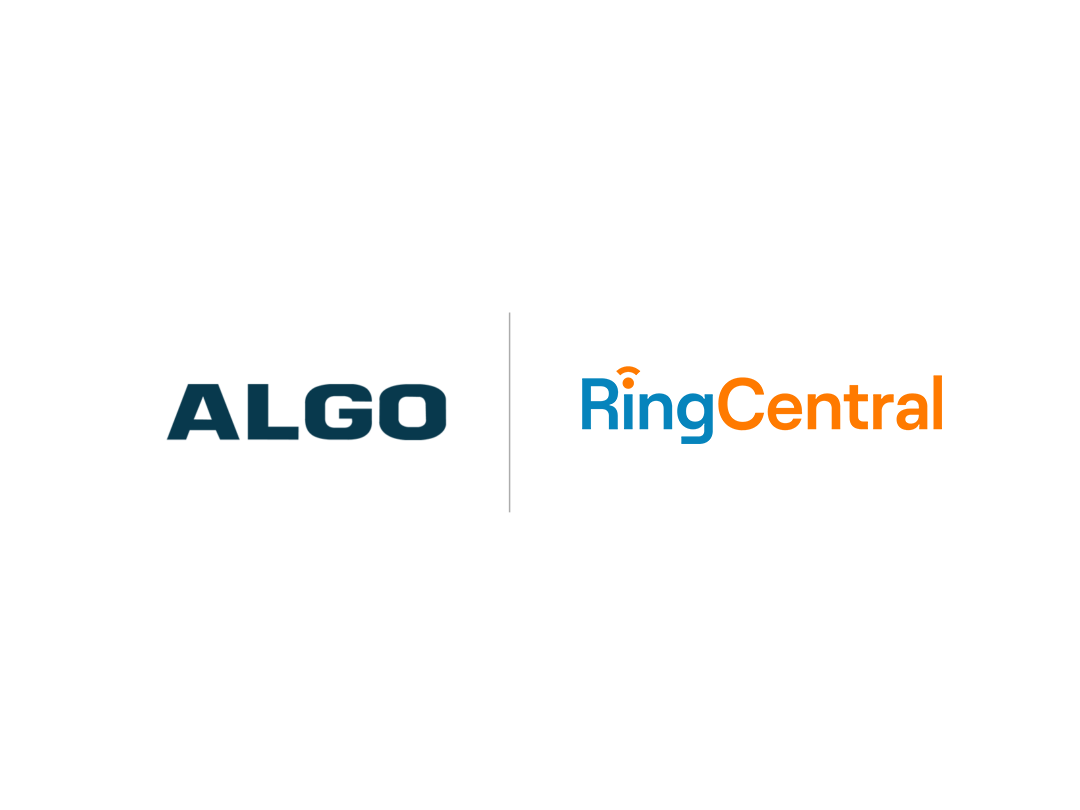
DEPLOYING ALGO SOLUTIONS IN A RingCentral ENVIRONMENT
Algo products are feature-rich, supporting secure SIP using TLS and SRTP, central provisioning, and network supervision. Multicast is also supported to permit solutions to be scaled over any size building, campus, or enterprise in education, healthcare, government, commercial office, manufacturing, utility / plant, transportation, distribution / warehouse retail, and hospitality sectors, to name a few.
Any RingCentral telephone supporting RTP multicast, as well as Singlewire InformaCast and Syn-Apps Revolution, will permit audio from voice paging, notification alerting, and scheduled announcements / bells to be simultaneously broadcast over Algo IP speakers and telephones. Strobe lights can also be included in a multicast for additional notification awareness.
Integrating a legacy analog paging system to a RingCentral telephone system is simplified with Algo paging adapters. SIP registration and multicast are supported on Algo paging adapters to ensure audio from voice paging, emergency notification alerting, and scheduled announcements / bells can be easily bridged to most traditional analog amplifiers. This makes it possible for audio to be simultaneously broadcast over legacy analog infrastructure, multicast-supported telephones, and Algo IP speakers. With Algo paging adapters there is no limitation to creating a hybrid solution to achieve complete integration of analog and IP endpoints. Regardless of how future needs may change for any organization, business, or enterprise, the Algo IP paging system is flexible to accommodate public address (PA) application requirements.
Algo offers SIP-compliant endpoints for voice paging, alerting and, secure door entry, all of which integrate seamlessly into your RingCentral ecosystem. Algo suite of RingCentral compatible IP Endpoints include:
 | |
|---|---|
| Platform | RingCentral |
| Latest Firmware Tested | v.3.4.4 |
| Tested & Confirmed Compatible | |
| Documents Available |
